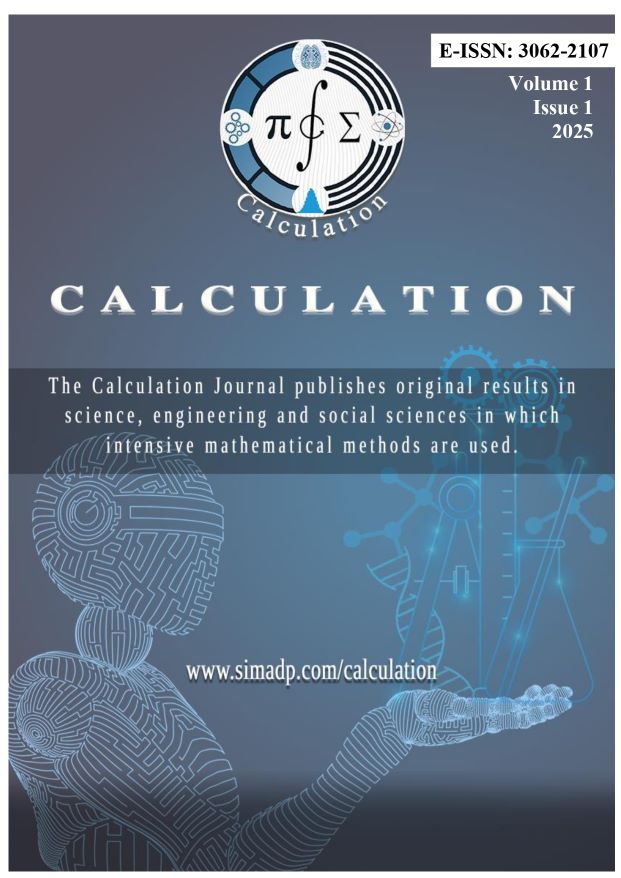Triangular numbers and centered square numbers hidden in Pythagorean runs
Keywords:
Mathematics, Consecutive Numbers, Pythagorean Runs, Triangular Numbers, Centered Square NumbersAbstract
The Pythagorean theorem, which asserts that in a right triangle, the sum of the squares of the legs is equal to the square of the hypotenuse and is mathematically expressed as can be generalized to equations with 5, 7, or more variables, resulting in equalities of sums of squares.
If we seek to find t consecutive numbers that satisfy such equations, which can be extended infinitely by increasing the number of variables, and observe the equality of sums of squares for each case, we encounter what are known as Pythagorean runs.
In this study, it was observed that within Pythagorean runs, which can become increasingly complex as we increase the number of variables, there exists a strikingly unique solution set when we restrict ourselves to finding consecutive integers.
By examining the consecutive integers that form these Pythagorean runs, new findings have emerged. Specifically, Pythagorean runs were analyzed using triangular numbers and centered square numbers. A hypothesis was formulated, positing that there is a unique solution involving consecutive integers for Pythagorean runs with figurate numbers. This hypothesis has been proven using both inductive and geometric proof methods.





